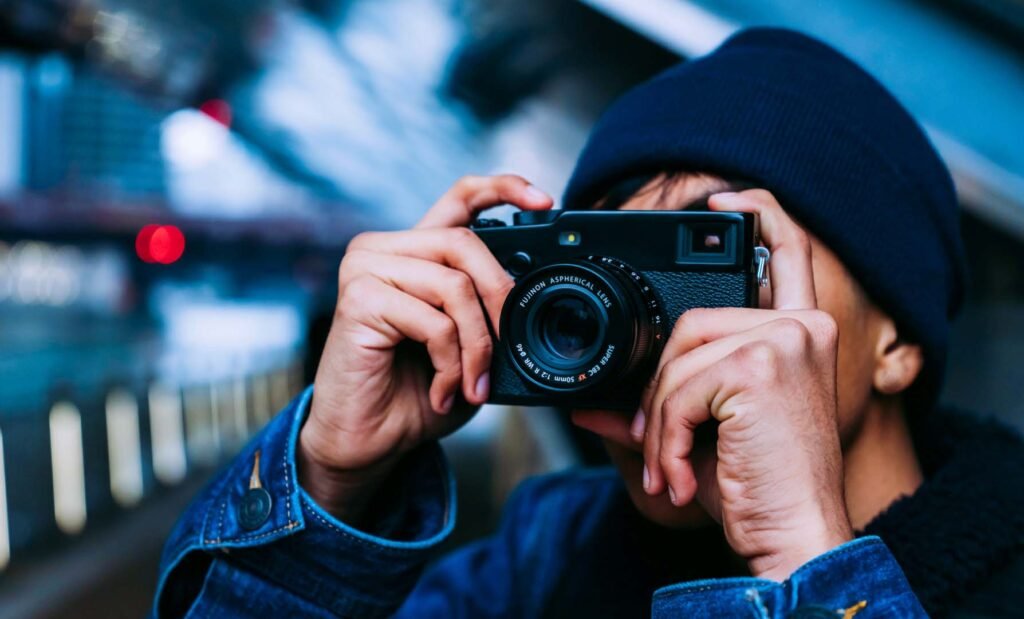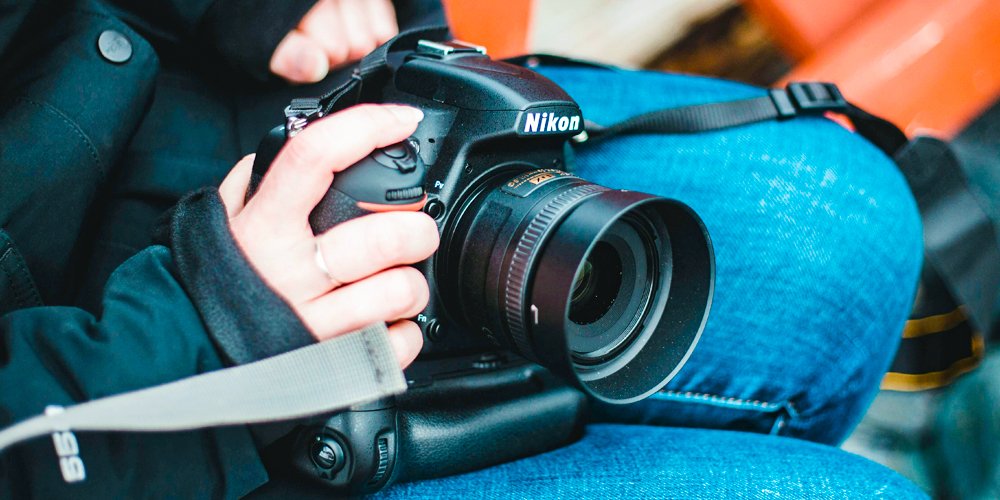Have you ever looked at a photograph and been blown away? Maybe it was a breathtaking landscape that made you feel tiny, a hilarious pet portrait that captured your furry friend’s personality perfectly, or a heart-stopping sports action shot. Photography is like magic—it freezes a moment in time, tells a story, or evokes an emotion with a single click.
But what if you’re new to photography and wondering where to begin? The world of photography can seem vast, with countless “types” to explore. Don’t worry, this guide will break it down for you!
There’s no single answer to how many photography types exist. It’s more like a giant family tree, with different branches focusing on various subjects and styles. Here are some popular branches to get you started:
Capturing People: This branch includes portrait photography (think stunning headshots or heartwarming family photos), fashion photography (showcasing the latest trends), and even event photography (capturing special occasions like weddings or birthday parties).
The Great Outdoors: Landscape photography lets you capture the beauty of nature, from majestic mountains to peaceful beaches. Wildlife photography brings the animal kingdom to life, while astrophotography lets you shoot mind-blowing pictures of stars and planets.
Action and Adventure: Sports photography freezes athletes in motion, while documentary photography tells real-life stories.
Up Close and Personal: Macro photography lets you zoom in on tiny details, revealing the hidden worlds of insects or the intricate patterns of a flower. Food photography makes your mouth water with close-up shots of delicious dishes.

This image is taken from: https://www.pexels.com
Essential Photography Tips for Beginners
Even with all these options, photography is all about having fun and expressing yourself! Here are some beginner-friendly tips:
- Start with what interests you: Are you crazy about animals? Try wildlife photography! Do you love spending time outdoors? Explore landscapes!
- Learn the basics: Get familiar with your camera’s functions – aperture, shutter speed, ISO – and how they affect your photos.
- Practice, practice, practice: The more you shoot, the better you’ll become. Don’t be afraid to experiment and try new things.
- Find inspiration: Look at photos you admire and try to recreate them. You’ll learn new techniques along the way.
Frequently Asked Questions
- What kind of camera do I need?
- You can take great photos with a smartphone camera! As you progress, you can invest in a DSLR or mirrorless camera.
- Do I need expensive equipment?
- Not necessarily! Focus on mastering the basics first. You can always add accessories later.
- How can I edit my photos?
- There are many free and paid photo editing apps available.
- What are the basic photography settings?
- There are three main settings that control exposure: aperture, shutter speed, and ISO. Aperture affects depth of field (blurry background). Shutter speed controls how long light hits the sensor, affecting motion blur. ISO controls light sensitivity. Experimenting with these settings will help you achieve different creative effects.
- How can I improve my photography?
- There are many ways! Practice regularly, learn about composition (the arrangement of elements in a frame), take online courses, and watch tutorials. Most importantly, have fun and experiment!
- What editing software should I use?
- Popular options include Adobe Photoshop Lightroom and GIMP. Lightroom is great for basic edits and managing photo libraries, while Photoshop offers more advanced editing tools.
- How do I take good photos in low light?
Use a tripod, slow down your shutter speed (but be careful of camera shake), increase ISO (but be aware of grain), and open your aperture as wide as possible. - How do I take sharp photos?
- Make sure your camera is stable (use a tripod for low light or long exposures). Focus correctly on your subject. Use a shutter speed fast enough to freeze motion blur.



